
Dr Raoul Concepcion leads a multidisciplinary expert panel in a discussion about the challenges of long-term follow-up of prostate cancer in patients with negative bone/CT but positive molecular indicators of recurrence.

Your AI-Trained Oncology Knowledge Connection!


Dr Raoul Concepcion leads a multidisciplinary expert panel in a discussion about the challenges of long-term follow-up of prostate cancer in patients with negative bone/CT but positive molecular indicators of recurrence.
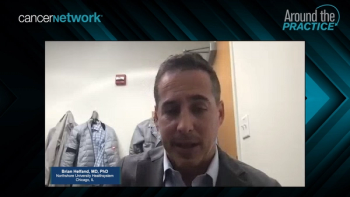
An expert panel discusses the challenges of detecting and managing biochemical recurrence in the context of oligometastatic prostate cancer.
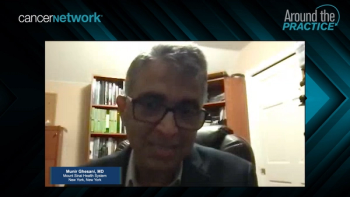
Dr Munir Ghesani reviews and comments on data regarding the sensitivity of imaging modalities in detecting biochemical recurrence in prostate cancer.

Dr Raoul Concepcion leads a panel discussion on a case of a 64-year-old man with multifocal prostate cancer treated with IMRT who refused ADT.

Munir Ghesani, MD, an expert in nuclear medicine, describes the factors that differentiate available tracers and provides guidance on tracer selection.

An expert panel reacts to polling data on choice of imaging modalities for patients with prostate patients after definitive therapy and share their insights about best practices.
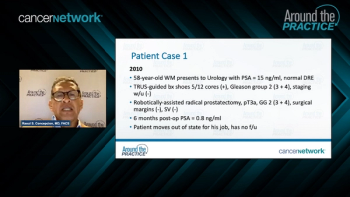
Raoul Concepcion, MD, presents the case of a 58-year-old man who had a radical prostatectomy 6 months prior and discusses how aspects of the case influence treatment selection.

Experts in prostate cancer discuss considerations for initiating ADT therapy after definitive treatment in patients with prostate cancer in the context of biochemical recurrence.

Brian Helfand, MD, PhD, describes the ways in which the PSA nadir can be defined after definitive therapy and the implications of the definition used for patients with prostate cancer.

Dr Judd Moul and colleagues discuss best practices for monitoring patients with prostate cancer after definitive therapy.

Dr Raoul Concepcion leads a panel of experts in prostate cancer in setting the stage for case-based discussions of biochemical recurrence.

Combined-modality positronemissiontomography (PET)–computed tomography (CT) isbecoming the imaging method ofchoice for an increasing number ofoncology indications. The goal of thispaper is to review the evidence-basedliterature justifying PET-CT fusion.The best evidence comes from prospectivestudies of integrated PETCTscans compared to other methodsof acquiring images, with histopathologicconfirmation of disease presenceor absence. Unfortunately, veryfew studies provide this kind of data.Retrospective studies with similarcomparisons can be used to provideevidence favoring the use of integratedPET-CT scans in specific clinicalsituations. Also, inferential conclusionscan be drawn from studies whereclinical rather than pathologic dataare used to establish disease presenceor absence.

Published: April 22nd 2021 | Updated:

Published: April 29th 2021 | Updated:
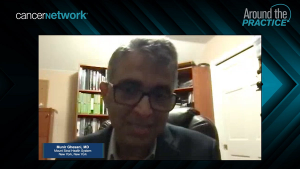
Published: May 6th 2021 | Updated:

Published: April 15th 2021 | Updated:

Published: April 29th 2021 | Updated:
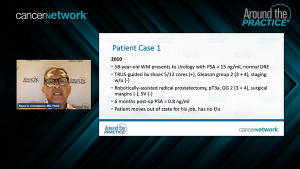
Published: April 22nd 2021 | Updated: